Words Renaissance and florence they give rise to an image that has risen to the rank of icon: The Birth of Venus, by Sandro Botticelli. The goddess who emerges from the waters has settled comfortably in popular culture, and has brought its author to the forefront of the Quattrocento.
This period was fertile in Florence. Donatello, Filippo Lippi or Fra Angelico opened up new artistic paths under the tutelage of the Medici. Later, Leonardo and Michelangelo, the great masters, who for centuries eclipsed the work of their predecessors, would arrive in the city.
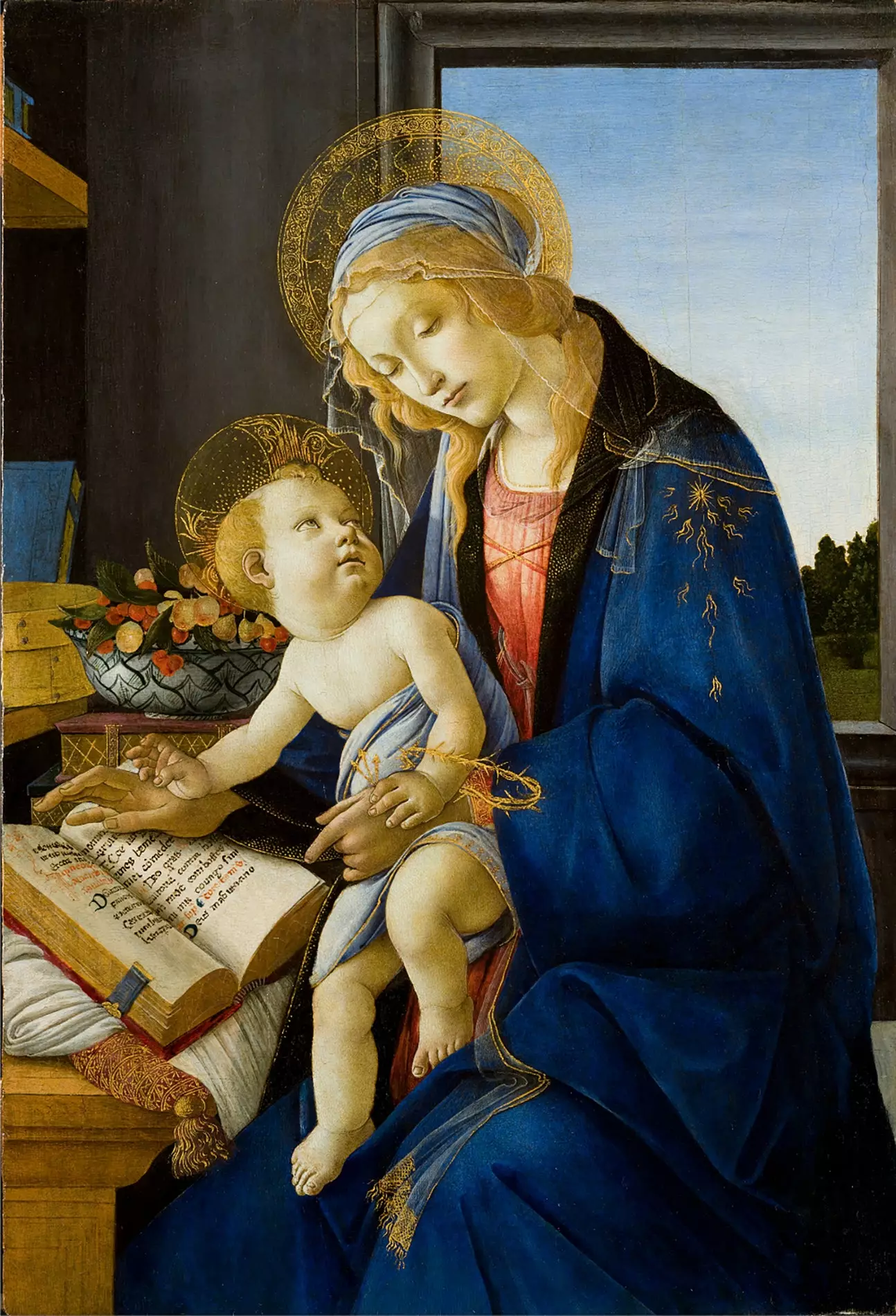
'The Madonna of the Book', by Botticelli (1480-1482).
The Botticelli exhibition at the Jacquemart-André Museum in Paris brings together more than forty works by Alessandro di Mariano di Vanni Filipepi, aka Sandro Botticelli (translated as 'little barrel', a family nickname), who it dominated the Florentine artistic horizon during the government of Lorenzo the Magnificent.
The painter was born, grew up, worked and was buried in the neighborhood of Ognisanti, stretching between Santa Maria Novella and the Arno River.
On Via Nuova, today Via da Porcellana, he opened a workshop to meet a burgeoning demand. His position was consolidated when he was summoned to perform three large frescoes in the first phase of the decoration of the Sistine Chapel.
Yes Filippo Lippi was his teacher, he was not long in taking his son, Filippino, as an assistant. He was joined by a large list of painters who participated in the development of many of his works.
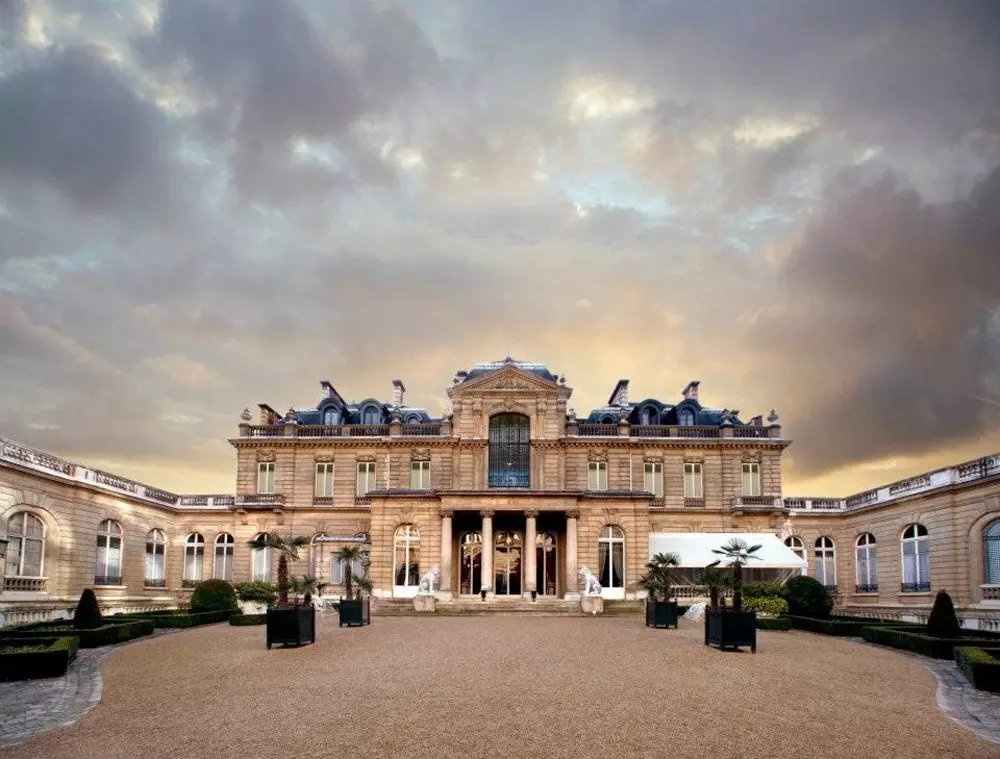
Jacquemart Andre Museum, Paris.
The Paris exhibition tries to define the thin line that separates the works of the master's hand of those in which his disciples intervened. Although Botticelli is today known for mythological paintings of him, the production of it was for the most part religious: large pieces for altarpieces and a long series of variations on the theme of the Virgin and Child.
The conditions of each project were established in the contract that defined the order. In most cases, the capobottega, the workshop master, was in charge of the composition, drawing and painting of elements that the client demanded, like the faces and hands of certain characters in the play. The rest could be completed by his assistants.
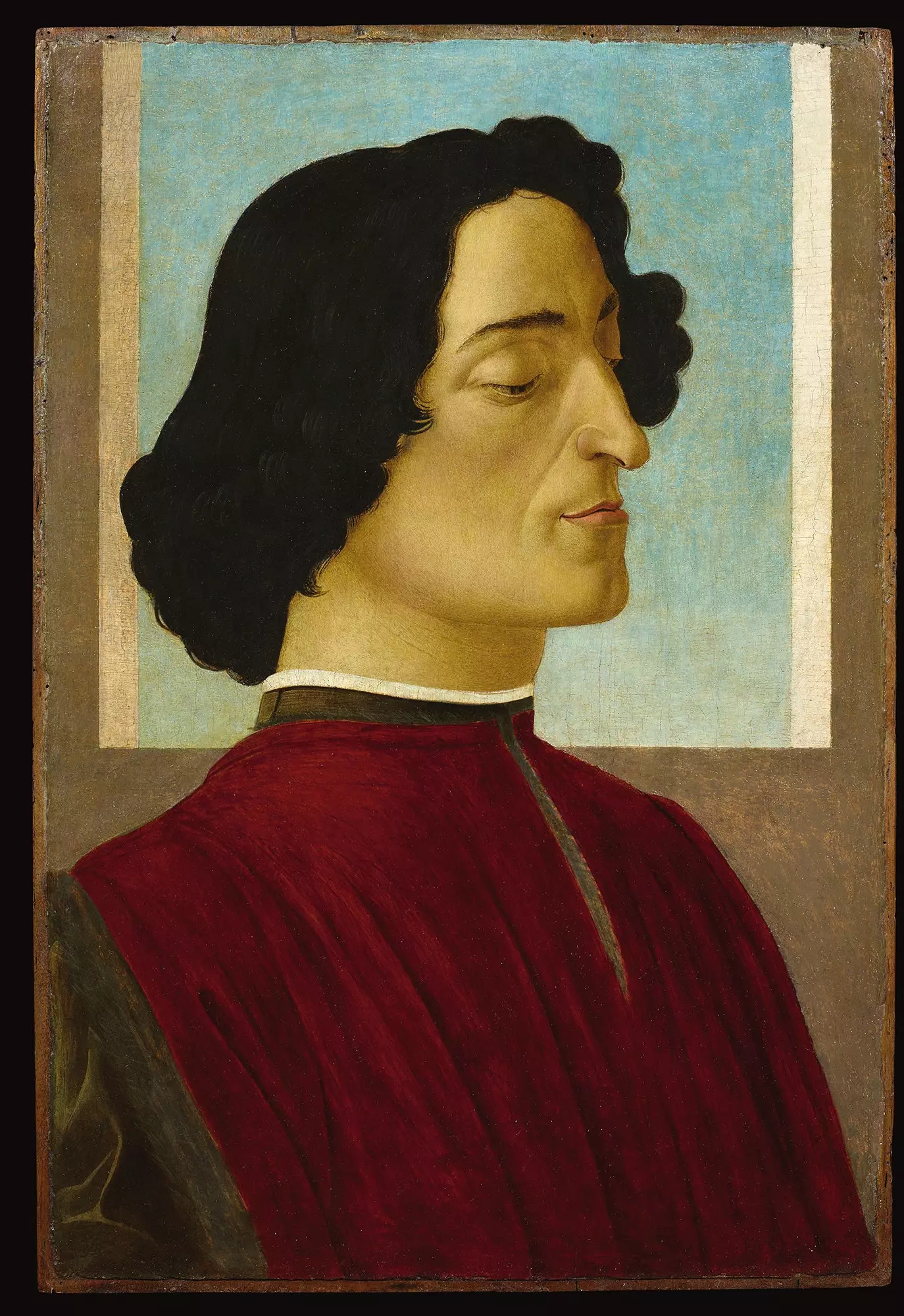
Botticelli's Portrait of Giuliano de' Medici (1478).
The fact that the piece was painted entirely by the master increased its cost, so only the most powerful clients, for the most part related or related to the Medici family, they could afford them.
To a large degree, Botticelli's success was the product of this circle's ability to express the values, which shaped a new humanism modeled on Neoplatonic philosophy.
This fixed his gaze on the ideas, projected in symbols that were sometimes very complex. The Venus pudica (so called because she covered herself with her hands and hair) reached a great diffusion. This represented, more than the pagan divinity, divine love, Christian, and by extension virtues such as charity, dignity, liberality, kindness and modesty.
Botticelli charged these virtues with grace and beauty. The maximum earthly expression of this ideal was Simonetta Vespucci, a Genoese noblewoman married to a Florentine banker (distant cousin of cartographer). This was a client of the painter and lived in a palace near his house-workshop.
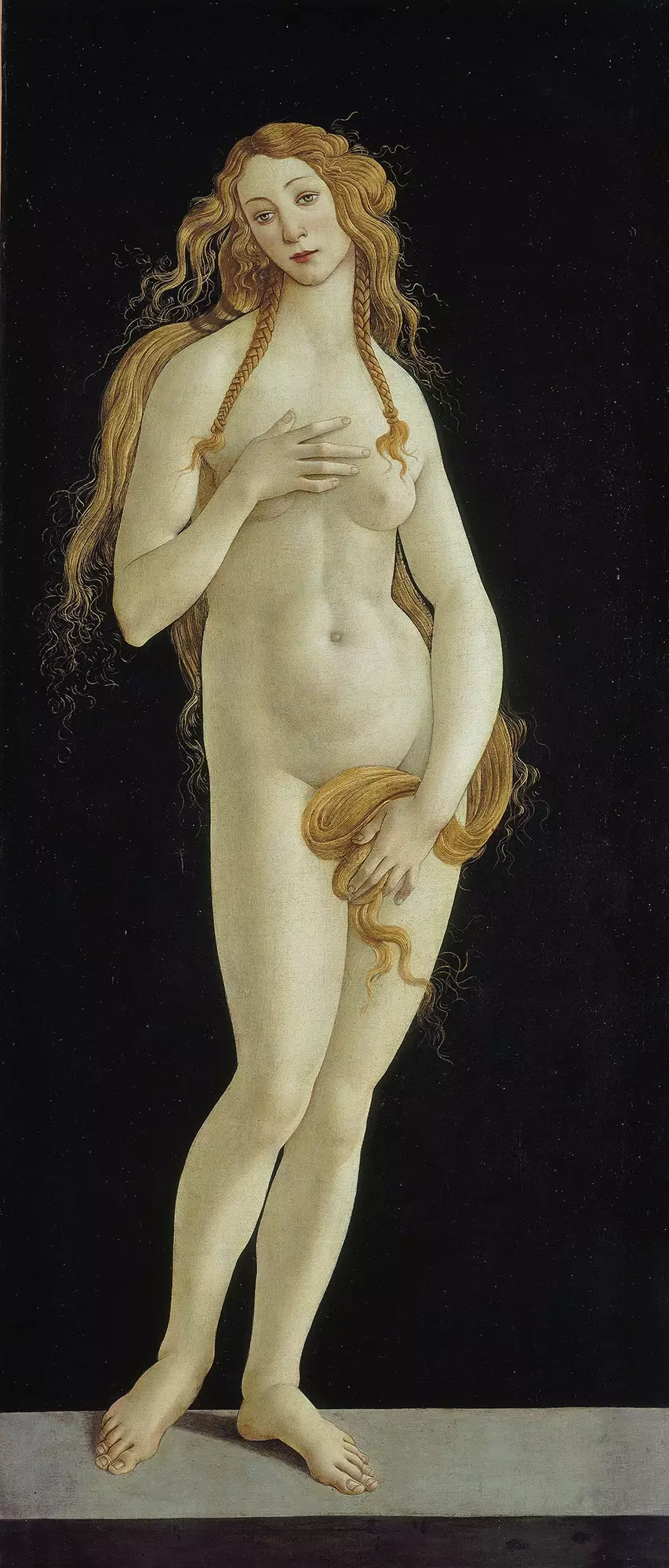
'Venere pudica', by Botticelli (c. 1485-90).
Historians have insisted on attributing to Botticelli an infatuation with the beautiful Simonetta, although this he never showed carnal interest in any woman and never married. The one who did show an undeniable devotion to the young woman was Giuliano, Lorenzo de' Medici's younger brother. In a joust (in medieval fashion) held in Piazza Santa Croce, it displayed a banner painted by Botticelli that it represented Simonetta as the goddess Minerva.
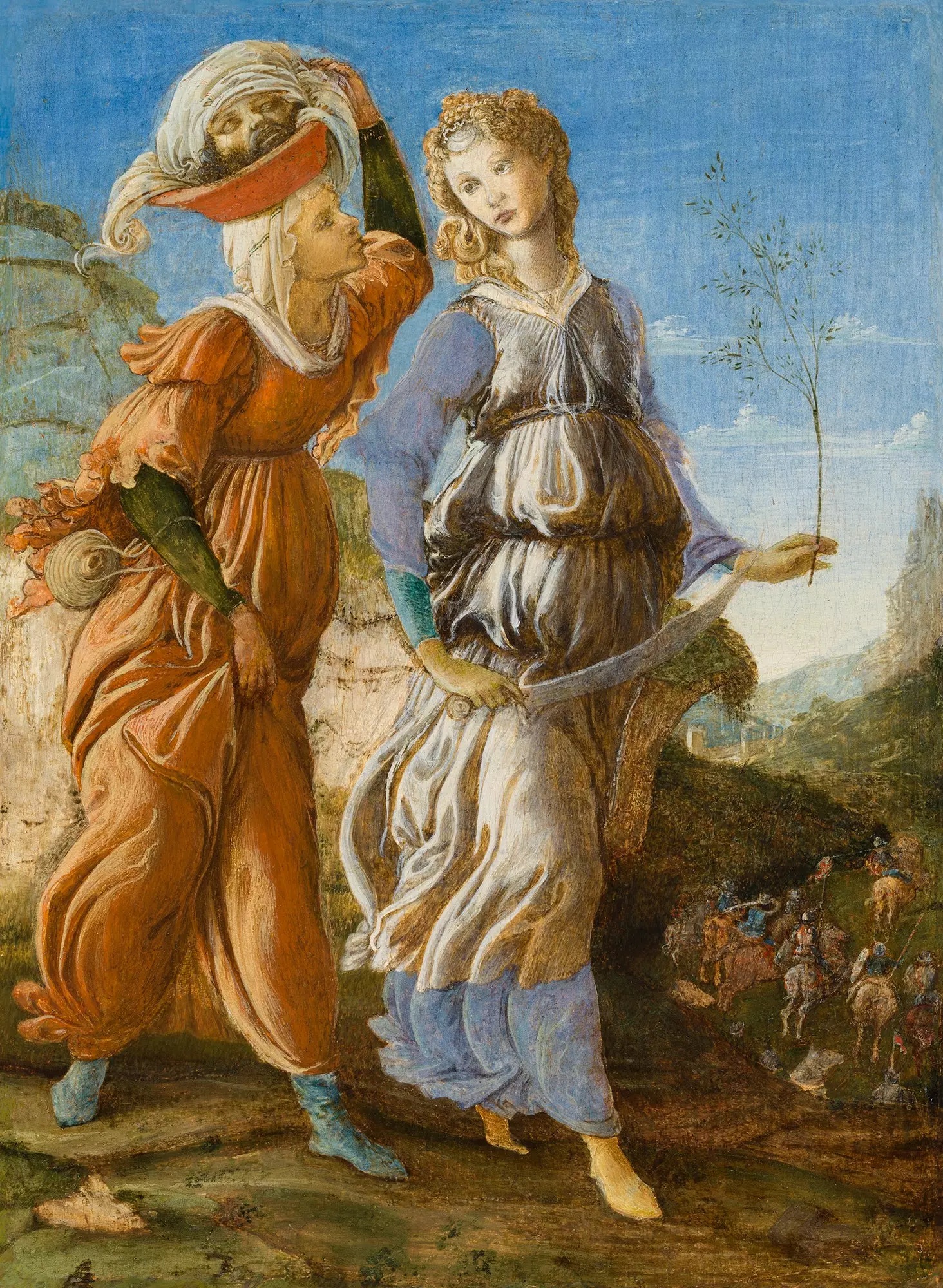
'The Return of Judith to Bethulia', Botticelli (1472).
A painting from the artist's workshop on display in Paris has sometimes been identified with this young woman, who she died of tuberculosis at the age of twenty-two. The exhibition also includes a portrait of Giuliano, who was stabbed to death shortly after in a conspiracy against his family.
In both images we find ourselves before a concept of portraiture that broke with medieval practice and focused, as was already done in Flanders, on the subject. The characters establish a direct relationship with the observer. His features are realistic despite his stylization. Not in vain the portrait of a young man auctioned at Sotheby's in January of this year exceeded 92 million euros.
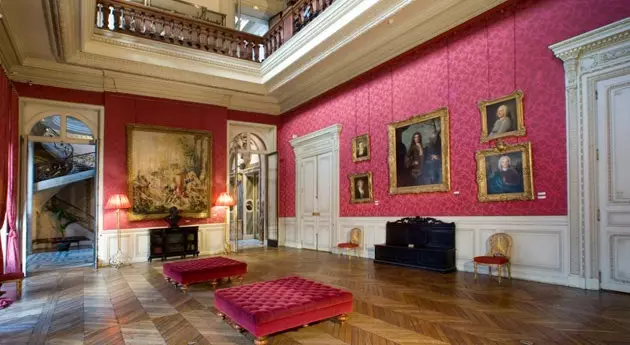
Musee Jacquemart-André in Paris.
But beyond the great figures, the icons and the myths created around Botticelli, the exhibition fixes his attention on less well-known aspects of his activity, such as the design of tapestries and marquetry pieces. The keys are based on the operation of the workshop in the Ognisanti neighborhood, conceived in the manner of a real factory.
As Vasari states, his activity provided the painter with a large income, which vanished due to his spendthrift character. The fall of the Medici and the arrival of the preacher Savonarola led to a great change in his style, which became agitated and penitent. He remained unfinished the last great project of his: the illustration of the Divine Comedy, of Dante.
